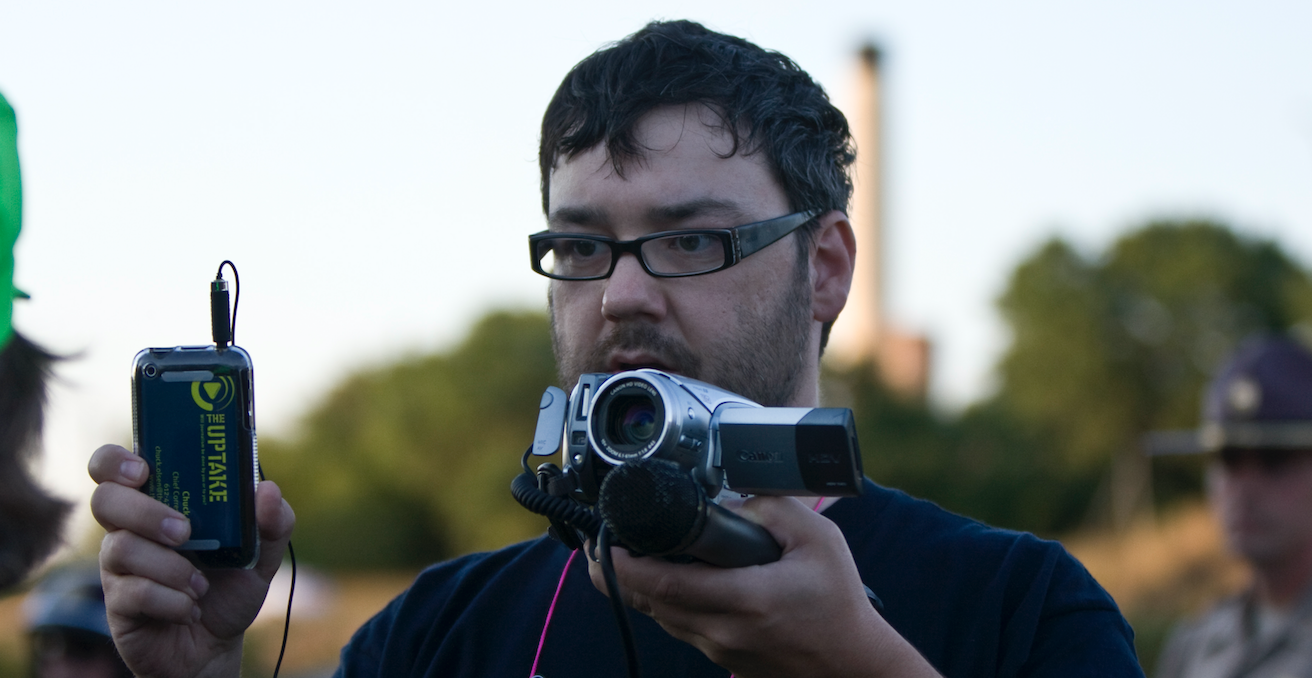The CNN Effect: Policymaking in Changing Mediascapes

Live and rolling media coverage of international crises exemplified the media’s power over policymaking agendas. But with the media landscape contracting to corporate interests and fragmenting due to the rise of new media, can the industry still exert the same kind of influence?
Relationships between the media and governments are always complicated. The “fourth estate” in reality can only exist where it is allowed to by the government itself, yet there has always been a public appetite to be informed which governments accede to. Few contend that the media is actually successful at informing or persuading the public, but it is remarkably adept at telling audiences what to think about.
In the late 1990s media communications scholars started to coin the term the “CNN effect,” named after the US media network, to encapsulate the idea that real-time broadcasting could provoke major responses from domestic audiences and political elites. The extensive coverage of the events in 1989 Tiananmen Square and the 1991 Gulf War by CNN both ramped up pressure on politicians to respond promptly to news accounts and transformed the small-time Cable News Network from a near-bankrupt station into a multi-billion-dollar business venture. Images of those suffering in Somalia and Kosovo beamed across televisions brought emerging international crises to the forefront of the policy agenda.
It demonstrated that timely news reporting can be both profitable and powerful, something that big media bosses were well aware of. By setting the agenda, the media concomitantly becomes an accelerant for policy decision-making and an impediment to careful consideration. Decision-making times are compressed and “no response” becomes untenable.
Yet the media landscape has changed vastly since the humanitarian interventions of the 90s. Audiences are more disengaged with news than ever, especially as entertainment is now readily available and vying for attention. The 24-hour news channels have lost their audiences to new media, and this affects their ability to frame issues as urgent and produce policy response. Some have argued the CNN effect is dead as consumers are inundated by information.
The number of media companies worldwide has shrunk in the face of dwindling advertising profits, acceding to takeovers by the major corporations. The number of newspapers too has dramatically declined since the new millennium with regional and small-time papers unable to maintain costs of printing and personnel. The oligopolisation of the industry enables those with control greater ability to enforce their agendas throughout their collective assets.
Will this lead to a worrying convergence of perspectives in the media market, creating a mass public lobby group at the behest of media magnates? Likely not.
News media is still driven by commerce, or at least the need to be competitive in the media marketplace. Commerce, investors and the money they bring in can move if they don’t agree with the agendas set or angles adopted. Furthermore, breaking news sells: it has drama and gives the media organisation credibility and legitimacy. It requires discipline and choices to keep a story at the top of the agenda when it can lose relevance and commercial currency so quickly.
If a news story survives the top of the hour it’s major, and there’ll likely be a few opinion pieces about it the next day. If it’s still getting coverage the next day media organisations are framing it as a really big deal. Very few stories retain such sustained urgency: recent examples include Brexit, Iranian-US hostilities and the Australian Federal Police (AFP) raids on journalists. These are stories where a concerted effort was made to keep it at the top of the agenda.
Although conglomerates have absorbed many media mastheads, the organisations rarely agree with each other. There are likely many contributing reasons for this but there are also a couple of major ones. Firstly, they are targeting different audiences and therefore foreground different points of view to differentiate their product. Media outlets will angle stories so that their audience returns for more. Secondly, news organisations disagreeing and fuelling very public debates is entertaining, and more consumers buy-in to entertainment than educational content. This undermines the ability of the media to effectively campaign for political action, although it serves to make it all the more significant and powerful when they do make a concerted effort, as they have recently in response to the AFP’s raids on journalists.
Part of the underlying reasons for the decline of small-time media has been a result of how easy it is now for anyone to post something akin to a news update. Cameras are cheaper, internet platforms are easily attainable and networks of audiences available to anyone with social media. New media has allowed for a greater diversity of voices participating in public debate whether they be the voices of those traditionally marginalised, or the voices government no longer reliant on old media running with their message. New media doesn’t replace the old, it adds extra voices to public discourse as it tries to carve out its niche audience.
As big-time media cut costs, particularly in reporting foreign affairs, their reliance on internet-sourced material has grown. Citizen journalism took off during the Arab Spring in 2011, making it onto the screens via CNN and other major channels, now clips made on Instagram and Snapchat feature in the nightly news, voice memos appear on the radio and old opinions on social media return to haunt aspiring policy-makers.
Is the CNN effect dead as consumers are inundated by information? No. The ability to set agendas and frame issues remains fundamentally unchanged by fragmentation and new media. Old media collectively retains a far-reaching audience beyond anything most policymakers could connect with directly. But with more competitors in the marketplace, politicians have more ability to shop around for platforms with more receptive attitudes and amplify their own message.
Prior to the 24-hour news channel, the daily print run and the nightly news hour dominated. Now the internet has allowed written news to transition from print to online, unshackling it from the daily paper and giving it a fast-paced role in the hungry news cycle. Policymakers are faced with crises made urgent not only by television but also online reporting and the visceral instantaneous responses on social media. Does that excuse hasty policy decisions? No. It makes it absolutely crucial that policymakers are effective communicators.
Ben Lawrence is an undergraduate student at the Australian National University studying Law and International Relations.
This article is published under a Creative Commons Licence and may be republished with attribution.




